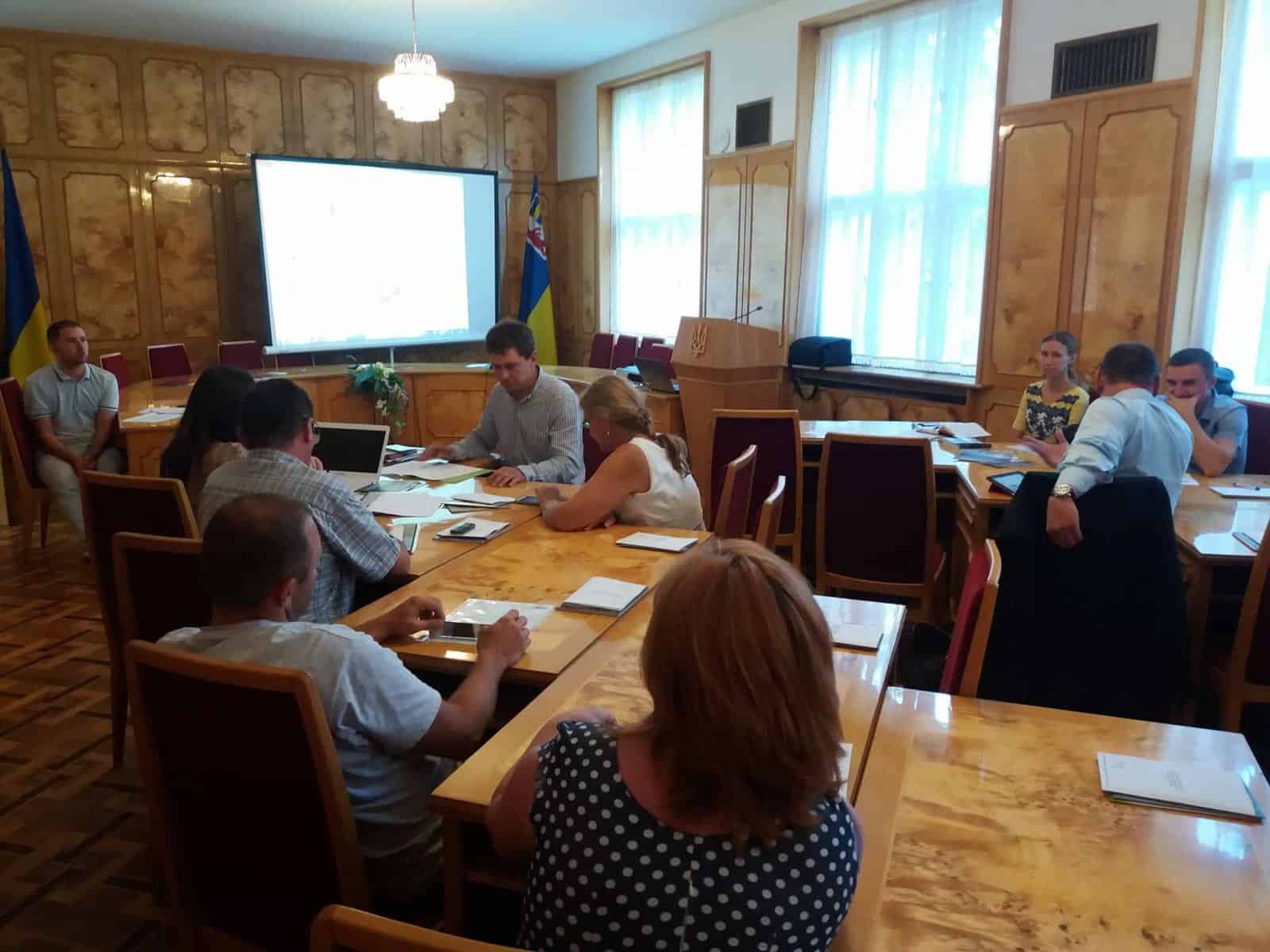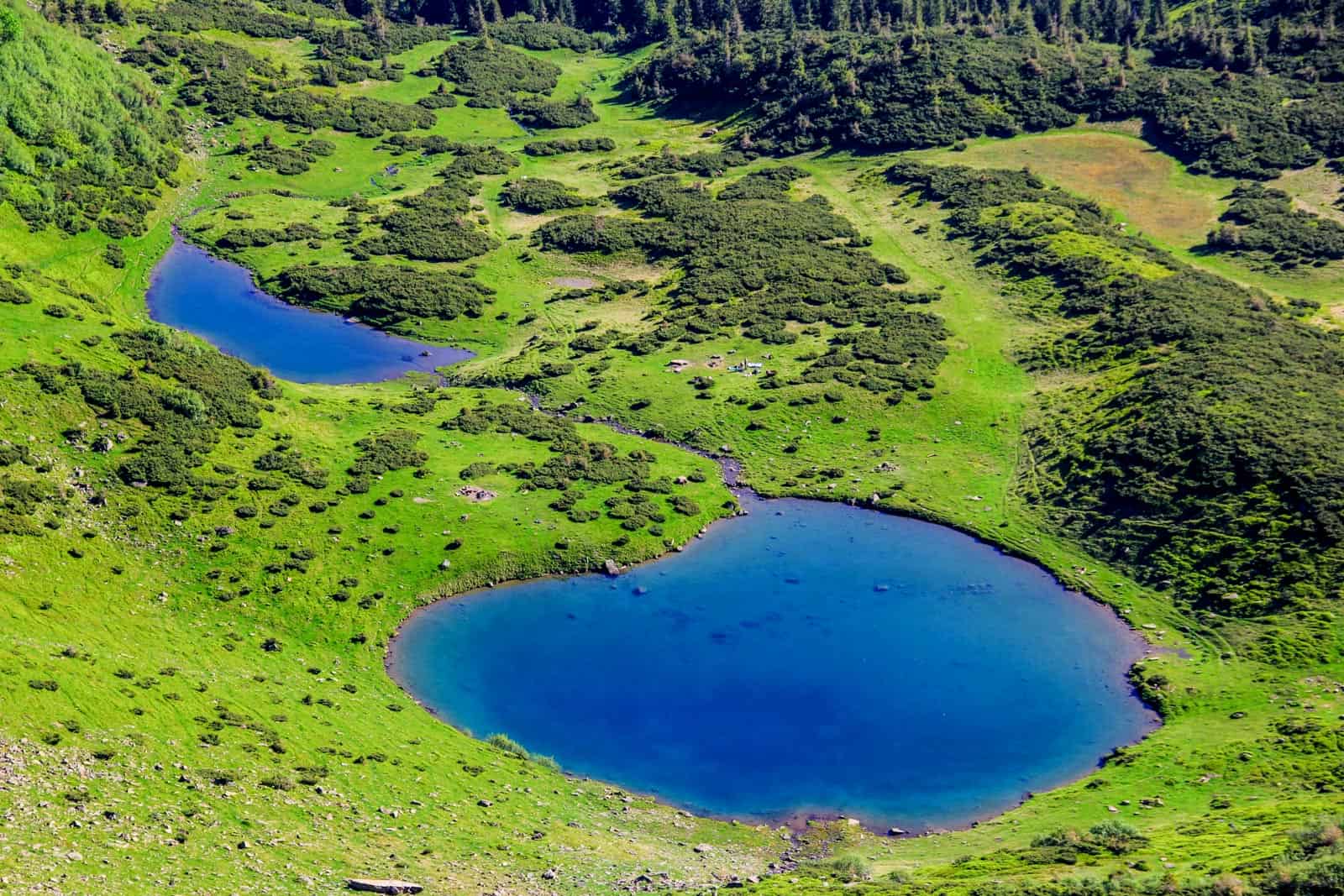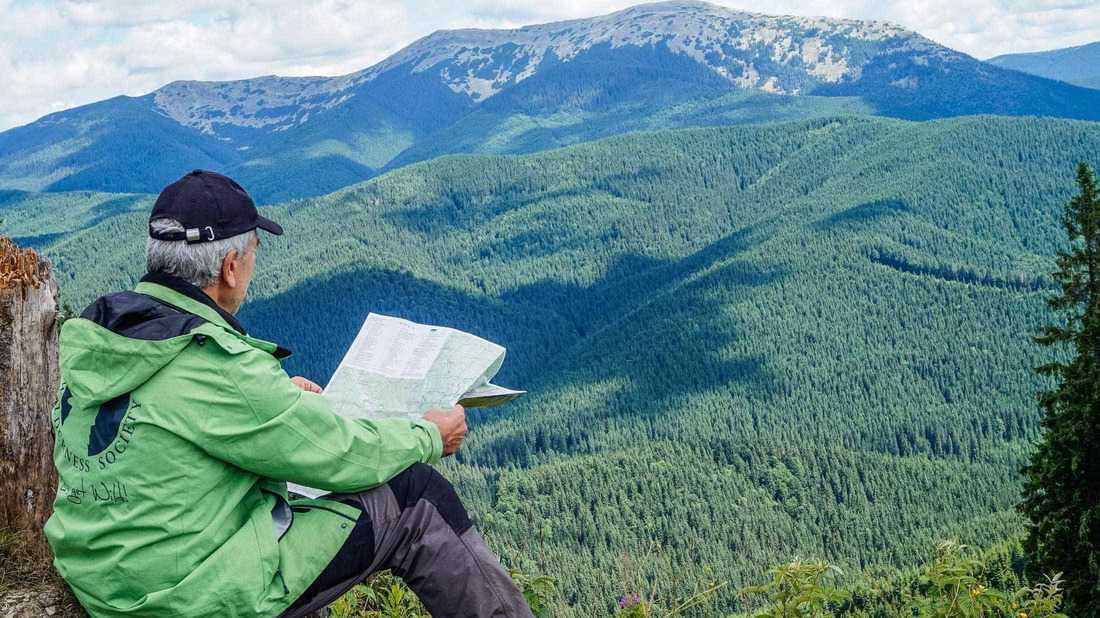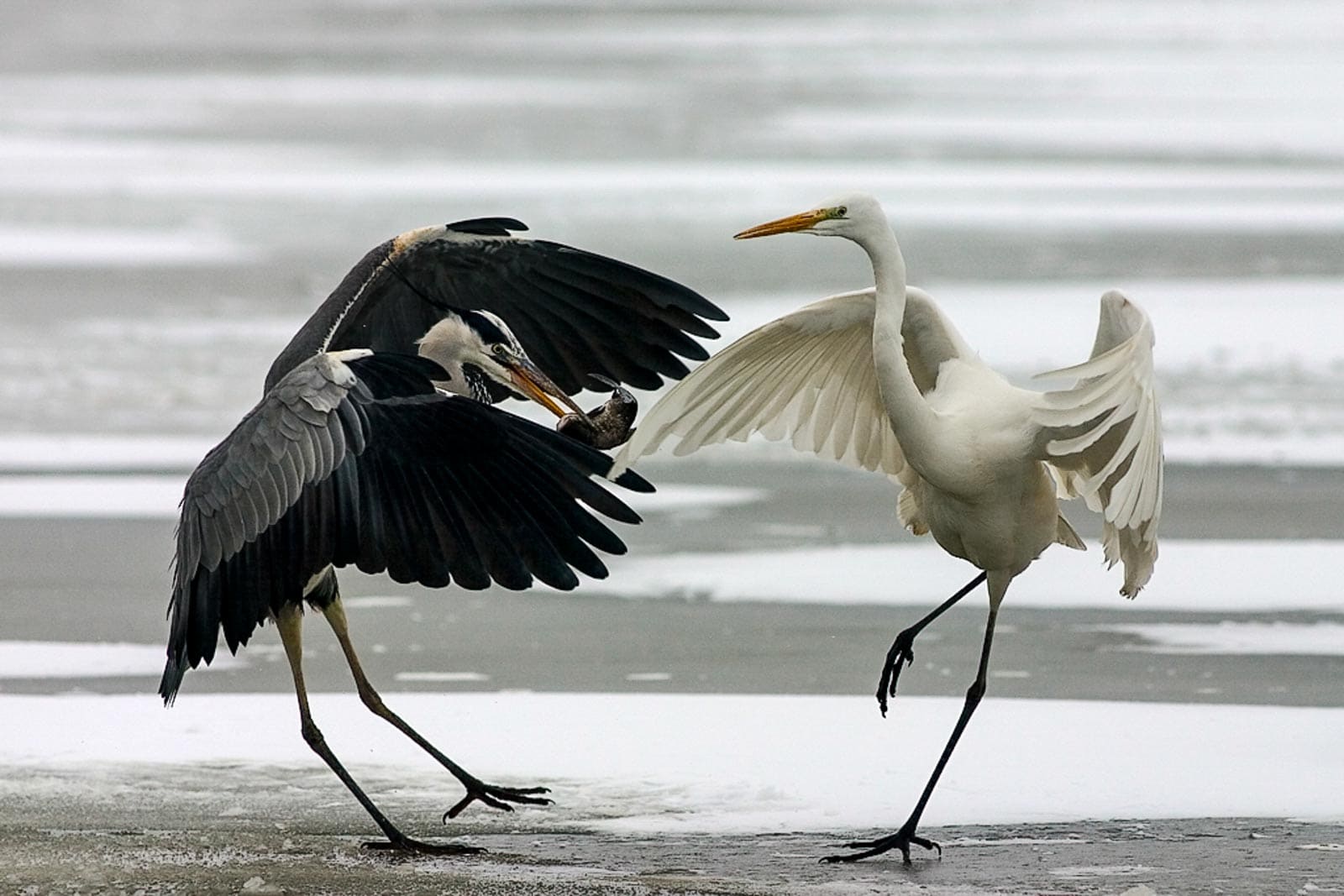The International Day of Forest
The International Day of Forests is annualy celebrated on 21st of March. The reason to celebrate this Day is raises awareness and the importance of all types of forests for biodiversity, climate regulation, and human well-being.
European Wilderness Society manages European Wilderness Network, which valuable and essential part are WildForests across Europe. Therefore we are also joining this celebration.
Celebrating forests helps foster global cooperation to preserve these vital ecosystems for future generations. This day was proclaimed by UN General Assembly (UNGA) in 2012.
It is a day when countries are encouraged to undertake local, national, and international efforts to organize activities involving forests and trees, such as tree planting campaigns, etc.
Annual theme
Setting an annual theme for World Forest Day provides focus and direction for global efforts to address pressing issues that forests facing. Each theme highlights specific challenges or opportunities, fostering awareness, dialogue, and action among stakeholders.
It helps prioritize key aspects of forest conservation, management, and utilization, guiding initiatives towards sustainable practices and the protection of forest ecosystems.
In 2022, World Forest Day focused on “Forest Restoration: A Path to Recovery and Well-being,” emphasizing the restoration of degraded forests to enhance biodiversity and mitigate climate change.
In 2023, the theme was “Forests and People: Cultivating Resilience for a Sustainable Future,” highlighting the crucial role of forests in supporting livelihoods, resilience, and sustainable development for communities worldwide.
In 2024, the theme is ” Forest and Innovation: Searching for innovative solutions for a better world” focusing on new technology helping us to better understand forest, new uses of sustainable wood.

World Forest Day connects us with different ecosystems
World Forests Day besides raising awareness reminds that forest is a vital bridge connecting different ecosystems. By safeguarding forests, we’re also safeguarding those other places. Recognizing how forests connect with different environments helps us better protect them. When we protect forests, we’re also protecting other ecosystems. It’s important to understand how forests connect with other places so we can take care of them better. Understanding the intricate links between forests and various ecosystems is crucial for environmental conservation and sustainable management strategies.
Forests join different environments, such as:
Wetlands: Forests regulate water flow to wetlands, sustaining hydrological balance and providing habitat for diverse species.
Rivers: Forests along riverbanks stabilize soil, prevent erosion, and filter pollutants, maintaining water quality and supporting aquatic life.
Marshlands: Forest growing on this type of land is providing habitat for diverse species and contributing to water regulation and purification.
Mountains: Forests in mountainous regions regulate water runoff, preventing soil erosion, and providing habitats for unique flora and fauna.
Grasslands: Forest edges often blend into grasslands, creating transitional zones rich in biodiversity and supporting wildlife corridors.
Forests and wetlands
Forests and wetlands share intricate ecological connections, forming vital components of terrestrial and aquatic ecosystems. Wetlands often border forests, acting as buffers against erosion and filtering pollutants before they reach forested areas. Forests, in turn, regulate water flow to wetlands, maintaining hydrological balance and supporting diverse habitats. Both ecosystems provide essential services like carbon sequestration, water purification, and habitat provision, demonstrating the interdependence necessary for overall environmental health and resilience.

ALFAwetlands forests
European Wilderness Society is a part of ALFAwetlands Horizon Europe project, where its Living Labs include peatland and reparian forests. Among them productive and non-productive peatland forests in Belgium, Finland, France, Estonia and riparian forests in Spain.
Drained peatland forest is a peatland which has been drained for forestry purposes by ditching. Drainage lowers water table level which due soil is dryer and contains more oxygen, ensuring better nutrient uptake from soil by roots and better tree growth.
Drained peatland forest – non productive peatland is:
1) a peatland, which has been drained for forestry purposes, but forest growth has been minimal, or
2) a peatland, which has degraded due to land abandonment, drainage and sludge suppletion, overgrazing or climate change.
There iterdiciplinary research is ongoing and imprtant results will be received in the course of the project, which is in line with the topic of World Forest Day-2024.
Conclusion
International Day of Forests celebrates forests’ importance, highlighting connected diverse ecosystems. However, the initial idea overlooked wetlands and marshlands as vital components linked to forests. These ecosystems provide crucial habitat and regulate water, emphasizing their significance within forest ecosystems. Recognizing their role promotes a more comprehensive understanding of forest interconnectivity and enhances efforts toward conservation and sustainable management on International Day of Forests and beyond.









